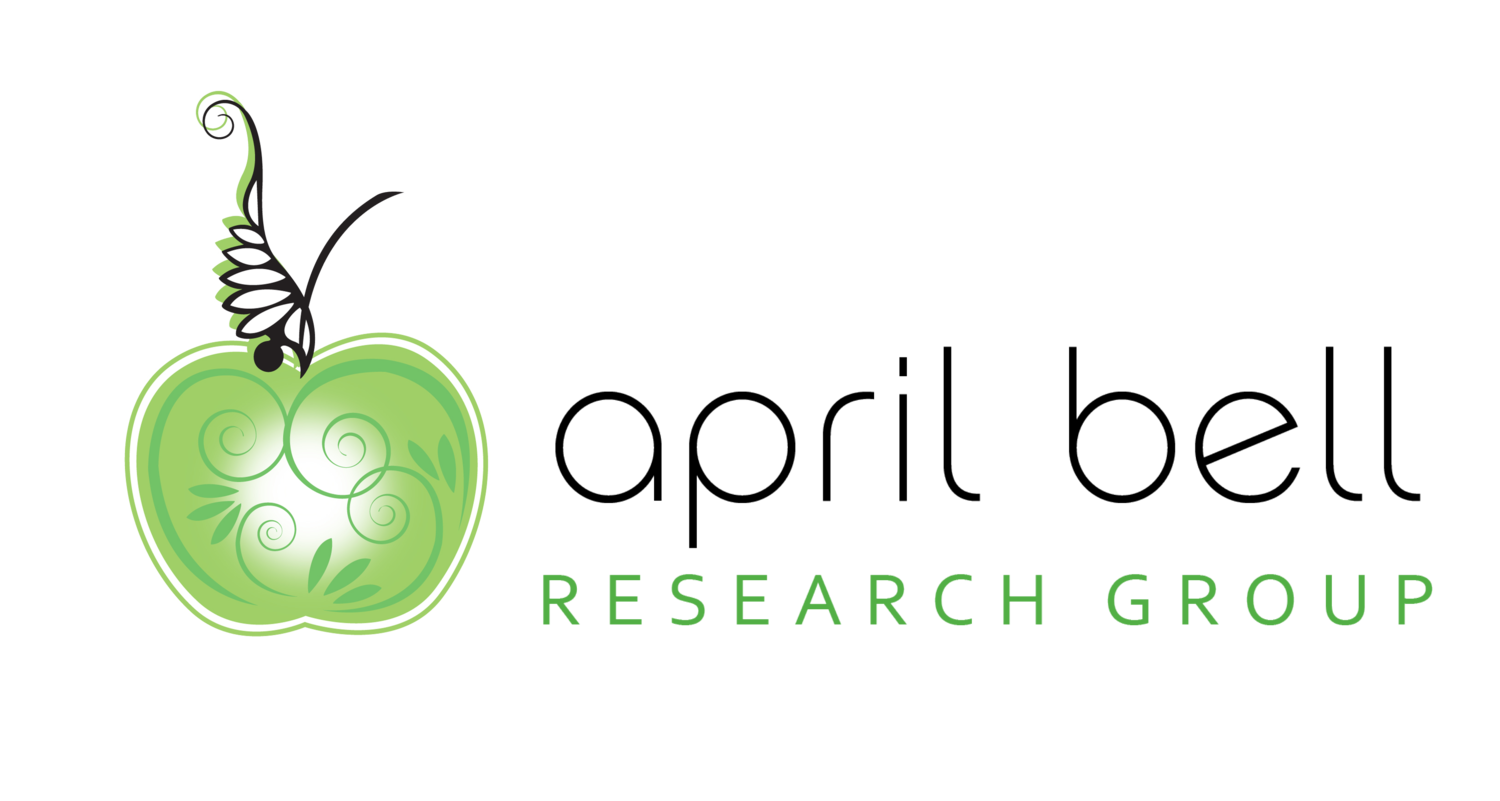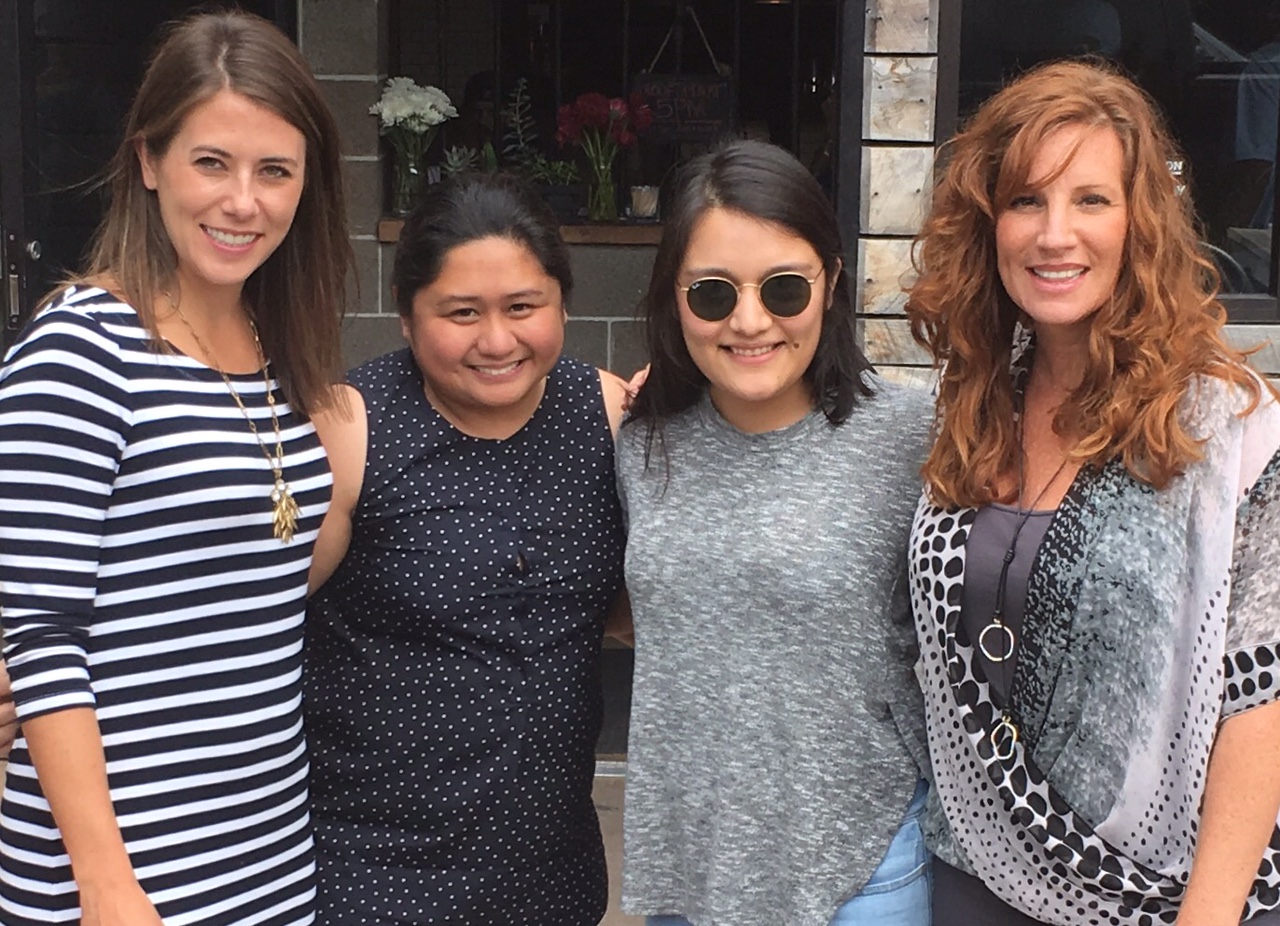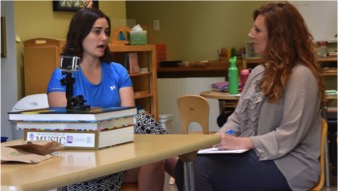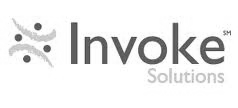Working in Market Research means living a fast-paced work environment but also doing really focused work. It is easy to get sucked into a vortex, lose focus, and get bogged down. In our attempts to figure out “stress-coping” (productivity!) mechanisms for our “heaviest” days, April introduced us to Asian Efficiency.
Asian Efficiency is a team that has one specific goal – make the world a more efficient place – to go about doing things with the least amount of effort, delivering the maximum output.
During office training and staff development sessions, we have discussed their Productivity Blueprint and Rituals, mainly:
They have loads of great, free content, and I have purchased quite a few of their programs, and would highly recommend their Productivity course as well as their Rituals Course. They also have loads of good free content on their site. Two of the most helpful rituals we have been working on as a team are – Structural Productivity and Breaks & Downtime.
Structural Productivity is about maximizing your days by planning them in advance. In a way, this is deemed as the master ritual of the 10 listed above because it strings together all your other rituals. If you are able to plan your day ahead, there is less stress and less chance of beating yourself up thinking the day could have gone better. It also allows you to track progress day to day and monitor accomplishments. More importantly, you can iterate and correct problems with the day gone by and get to a point where your days are always productive – both at work and after work. This ritual, based on the premise of planning, also lessens decision fatigue, prioritization of important vs. urgent tasks, and respects time boundaries you have set.
Breaks & Downtime is all about consistently getting the breaks and downtime you need to remain alert and productive. To be honest, taking breaks is a personal challenge owing to the personal belief that taking a break = wasting time. Asian Efficiency tells us that taking breaks or short rests leads to:
- Increased productivity
- Controlled and consistent energy levels throughout the day
- Effective stress management
- Increased motivation
April gave us timers for time intervals/timeboxes to structure our breaks. I haven’t used mine for fear of disturbing colleagues when it sounds off so I use my phone’s timer to signal if it’s time to break. This is still a challenge for me because I’ve been so used to just churning output however long it took without breaks to ensure I meet deadlines but when I do use “time boxing” or the Pomodoro Technique, I felt re-energized after the quick break and ready to tackle the beast again. You can time box in 2 ways – depending on what works for you:
- 25/5 – work 25 minutes and take a 5 minute break
- 50/10 – work 50 minutes and take a 10 minute break
If you’re interested in learning more about this concept, I recommend reading “The Pomodoro Technique” book by Francesco Cirillo.
Either way, the important thing is to take that quick break and by taking a quick break, it means that you physically have to stop what you are doing and do something else – walk away from your work location! And remember to go all-out on your break, go outside and get some air, get your favorite beverage, or even play your favorite game.
Note the importance of writing down what you’re currently thinking if your break comes up. It will help you to get back on track much faster after your 5 or 10 minute break. It’s just a matter of looking back at what you wrote and picking up that train of thought!


































